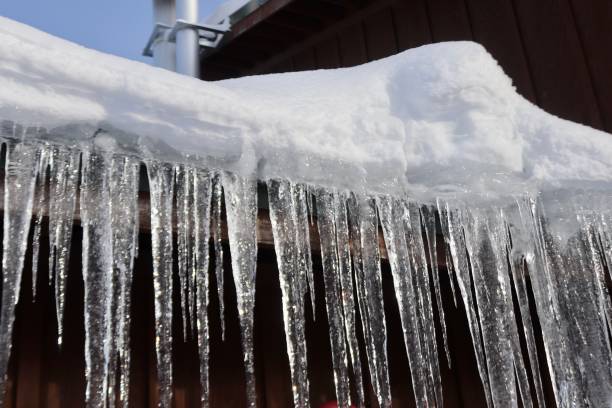We have come across this article about Preventing and dealing with frozen pipes listed below on the web and accepted it made good sense to relate it with you here.

Cold weather can wreak havoc on your plumbing, particularly by freezing pipes. Right here's how to avoid it from occurring and what to do if it does.
Intro
As temperatures drop, the risk of icy pipelines rises, potentially bring about pricey fixings and water damages. Understanding how to avoid icy pipes is crucial for property owners in cold environments.
Avoidance Tips
Protecting at risk pipelines
Wrap pipes in insulation sleeves or make use of heat tape to shield them from freezing temperature levels. Concentrate on pipes in unheated or external locations of the home.
Heating strategies
Keep indoor spaces effectively warmed, especially areas with plumbing. Open up closet doors to permit cozy air to flow around pipelines under sinks.
How to determine icy pipelines
Try to find lowered water flow from faucets, uncommon smells or noises from pipelines, and noticeable frost on exposed pipes.
Long-Term Solutions
Structural modifications
Think about rerouting pipes far from outside wall surfaces or unheated areas. Add added insulation to attic rooms, cellars, and crawl spaces.
Upgrading insulation
Invest in top quality insulation for pipes, attic rooms, and wall surfaces. Proper insulation helps maintain constant temperature levels and reduces the threat of frozen pipelines.
Safeguarding Outdoor Plumbing
Yard hose pipes and exterior taps
Detach and drain yard pipes prior to winter season. Install frost-proof faucets or cover outside taps with shielded caps.
Understanding Frozen Pipes
What causes pipelines to freeze?
Pipes freeze when subjected to temperatures below 32 ° F (0 ° C) for expanded periods. As water inside the pipes freezes, it increases, taxing the pipeline walls and potentially triggering them to burst.
Threats and problems
Frozen pipes can bring about water interruptions, residential property damage, and costly repair services. Ruptured pipes can flooding homes and create substantial architectural damages.
Indications of Frozen Water Lines
Recognizing frozen pipes early can avoid them from rupturing.
What to Do If Your Pipelines Freeze
Immediate activities to take
If you believe icy pipelines, keep taps available to relieve stress as the ice melts. Use a hairdryer or towels soaked in hot water to thaw pipes slowly.
Verdict
Protecting against frozen pipes calls for aggressive procedures and fast responses. By comprehending the causes, signs, and safety nets, home owners can secure their pipes during winter.
5 Ways to Prevent Frozen Pipes
Drain Outdoor Faucets and Disconnect Hoses
First, close the shut-off valve that controls the flow of water in the pipe to your outdoor faucet. Then, head outside to disconnect and drain your hose and open the outdoor faucet to allow the water to completely drain out of the line. Turn off the faucet when done. Finally, head back to the shut-off valve and drain the remaining water inside the pipe into a bucket or container. Additionally, if you have a home irrigation system, you should consider hiring an expert to clear the system of water each year.
Insulate Pipes
One of the best and most cost-effective methods for preventing frozen water pipes is to wrap your pipes with insulation. This is especially important for areas in your home that aren’t exposed to heat, such as an attic. We suggest using foam sleeves, which can typically be found at your local hardware store.
Keep Heat Running at 65
Your pipes are located inside your walls, and the temperature there is much colder than the rest of the house. To prevent your pipes from freezing, The Insurance Information Institute suggests that you keep your home heated to at least 65 degrees, even when traveling. You may want to invest in smart devices that can keep an eye on the temperature in your home while you’re away.
Leave Water Dripping
Moving water — even a small trickle — can prevent ice from forming inside your pipes. When freezing temps are imminent, start a drip of water from all faucets that serve exposed pipes. Leaving a few faucets running will also help relieve pressure inside the pipes and help prevent a rupture if the water inside freezes.
Open Cupboard Doors
Warm your kitchen and bathroom pipes by opening cupboards and vanities. You should also leave your interior doors ajar to help warm air circulate evenly throughout your home.

We hope you enjoyed reading our piece on Helpful Tips to Prevent Frozen Pipes this Winter. Many thanks for spending some time to read our article post. In case you appreciated our blog posting please make sure you remember to share it. Thanks so much for going through it.
Instant Quote
Comments on “Key Approaches for Preventing Frozen Plumbing in Cold Weather”